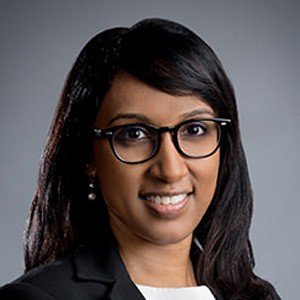Interpretation of Rules 610 and 611 of the Philippines’ Revised IRR for Patents and IPOPHL BOP Memorandum Circular 18-003
08 April 2019

Following the issuance of Memorandum 18-003 on September 17, 2018 by Lolibeth R. Medrano, the director of the Philippine Bureau of Patents (BOP), patent applicants can now file a voluntary divisional application (VDA) based on an earlier divisional application.
Prior to the issuance of the said memorandum, an applicant could only file a VDA based on a pending parent patent application (i.e., the first filed Philippine application) before said patent application was withdrawn or patented as stated in Rule 611 of the revised Implementing Rules and Regulations (IRR). Also, a divisional application based on an earlier pending divisional application could be allowed if it was directed by the examiner through restriction (or where a unity of invention rejection was raised). Under such direction, the applicant would have four months from the mailing date of the said office action to file the VDA. The latter is now referred to as “succeeding mandatory divisional application” in the memorandum.
Even though there were no amendments made to Rule 611, the issuance of the present memorandum has altered the prosecution practices in the Philippines with the inclusion of the below paragraph which we reproduce herein in italics for easy reference:
“Succeeding voluntary divisional application(s) may be filed and considered on a pending earlier divisional applications, PROVIDED THAT, the earlier divisional application, from which said succeeding voluntary divisional application is based, is still pending.”
With the filing of succeeding voluntary divisional applications now allowed, applicants and patent professionals will have more flexibility when prosecuting patent applications in the Philippines. One of the possible benefits is shortening the prosecution time of some simpler-yet-patentable embodiments of an application, to the complex ones. This may be done by pursuing first the simpleryet- patentable embodiments, and dividing and pursuing further the complex embodiments in separate divisional applications. This may allow the simpler-yet-patentable ones to be granted first, which will have a minimum prosecution time and may early enjoy the commercial benefits thereof.
Another possible benefit is applicants can file a succeeding voluntary divisional application prior to grant of the preceding application to keep the prosecution of the invention pending. The pending application can be useful in subsequent opposition, litigation or infringement situations, if any.
The memorandum further states the requirements for filing a divisional application as follows:
1. Exact copy of the abstract, specification and drawings, if there are any, of the original/first filed parent application; and
2. Claims for the divisional application; and
3. Copy of the power of attorney/ appointment of resident agent as filed with the parent application, when necessary; and
4. Preferably, a statement indicating the reckoning date of the requirement for division was made final (for mandatory divisional application).
5. Specifically on the specification of a divisional application, it should include a statement on the first paragraph and first page with the following details:
6. Indicating that the application is a divisional application; and
7. An indication of the application number and filing date of the original/ first filed application; and
8. The application number of the preceding divisional application, from which the current divisional application is based from, in the case of succeeding divisional application.
Consistent with the practices in other major jurisdictions, the claims of a divisional application are not restricted to subject matter that is set out in the claims of the parent application. However, it is also not permissible for the subject matter to go beyond the content of the original/first filed parent application as filed, which is governed by Section 38.2 of the Philippines Republic Act No. 8293. Once a divisional application is filed, the publication and subsequent substantive examination of the divisional application shall be carried out as soon as possible and usually by the same examiner where possible.
The term of a divisional application (be it an earlier or succeeding, mandatory, or voluntary application) shall not exceed 20 years as calculated from the date of filing of the original parent application, in the case of PCT national phase entry such date being the date of filing of the international application.
By the issuance of the memorandum, the revised IRR has been supplemented to clearly define an earlier or succeeding, mandatory or voluntary divisional application. It set forth a standard procedure and uniform practice governing divisional applications in the Bureau of Patents. Applicants and patent professionals can also look forward to the added flexibility accorded to them.








